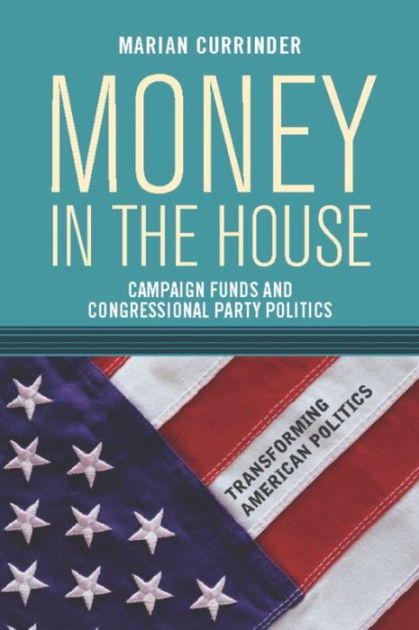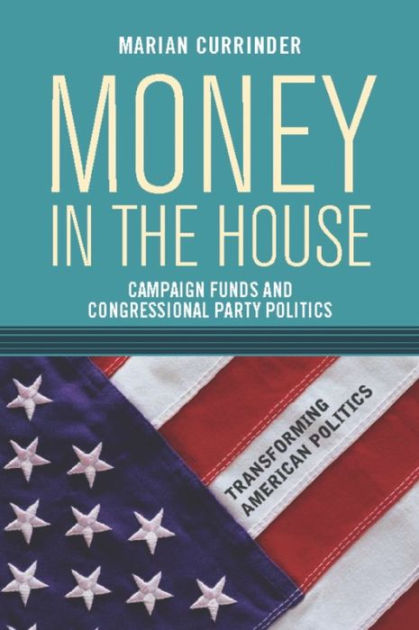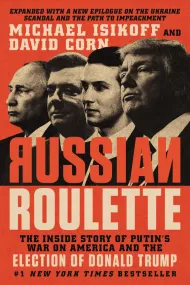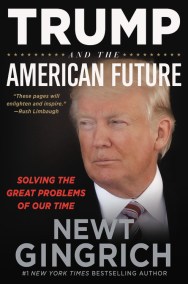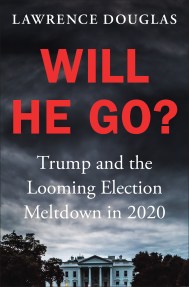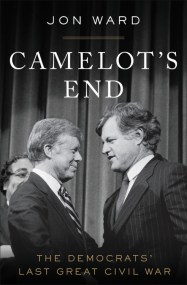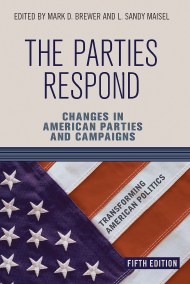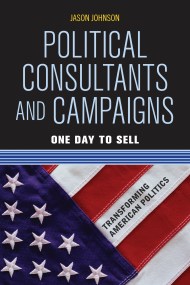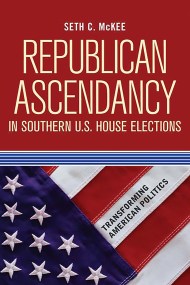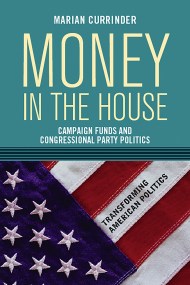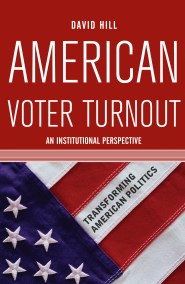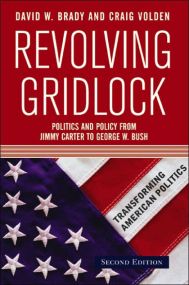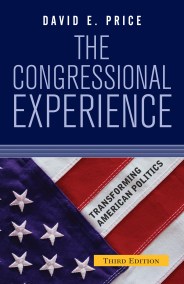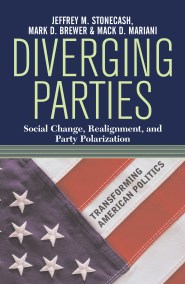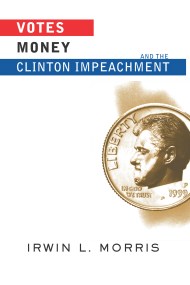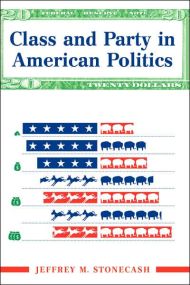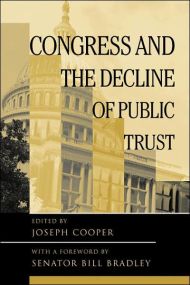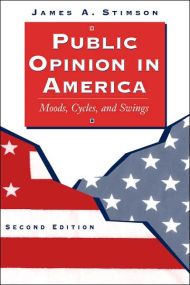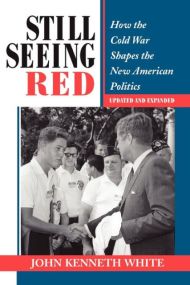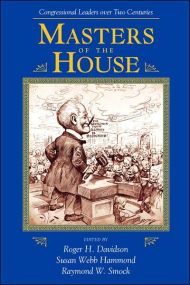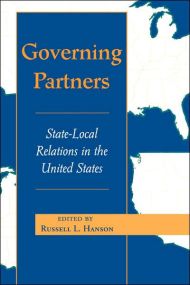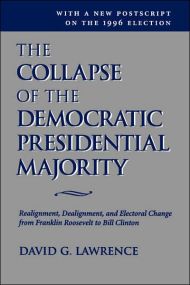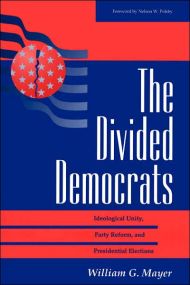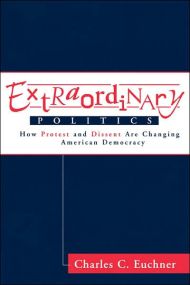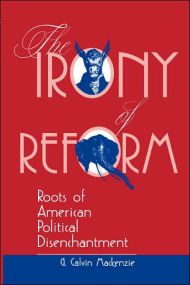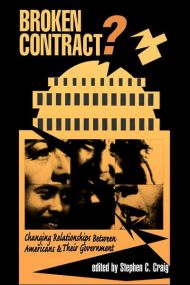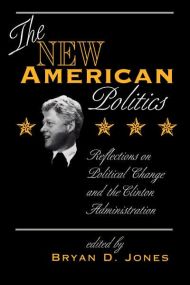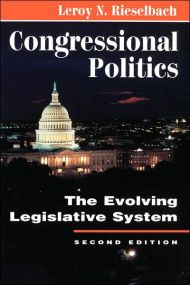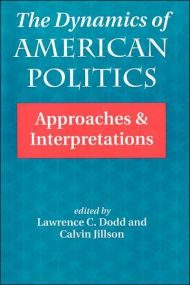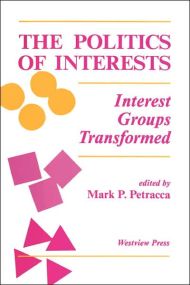Promotion
Use code MOM24 for 20% off site wide + free shipping over $45
Money In the House
Campaign Funds and Congressional Party Politics
Contributors
Formats and Prices
Price
$22.99Format
Format:
- ebook $22.99
- Trade Paperback $38.00
This item is a preorder. Your payment method will be charged immediately, and the product is expected to ship on or around August 5, 2008. This date is subject to change due to shipping delays beyond our control.
Also available from:
Money in the House provides a compelling look at how the drive to raise campaign money has come to dominate congressional party politics. Author Marian Currinder examines the rise of member-to-member and member-to-party giving as part of a broader process that encourages ambitious House members to compete for power by raising money for the party and its candidates. As the margin between parties in the House has narrowed, the political environment has become fiercely competitive. Because electoral success is largely equated with fundraising success, the party that raises the most money is at a distinct advantage. In addition to relying on outside interests and individuals for campaign contributions, the congressional parties increasingly call on their own members to give for the good of the whole. As a result, lawmakers must devote ever-increasing amounts of time to fundraising. The fundraising expectations for members who wish to advance in the chamber are even higher. By requiring their members to raise and redistribute tremendous amounts of money in order to gain power in the chamber, the parties benefit from their members’ ambitious pursuits. Currinder argues that the new “rule of money” is fundamentally altering the way House members pursue power and the way congressional parties define and reward loyalty.
Contents
1. Introduction: Redistributing Campaign Funds and Congressional Party Politics
2. Pursuing Ambition in a Parties Framework
3. The 1970s Reform Era: The Money Chase Begins
4. The 1980s: New Directions in Campaign Funding
5. A Republican Revolution in Politics and Money
6. Redistributing Campaign Money in a New Era
Genre:
- On Sale
- Aug 5, 2008
- Page Count
- 256 pages
- Publisher
- Avalon Publishing
- ISBN-13
- 9780786731787
Newsletter Signup
By clicking ‘Sign Up,’ I acknowledge that I have read and agree to Hachette Book Group’s Privacy Policy and Terms of Use
